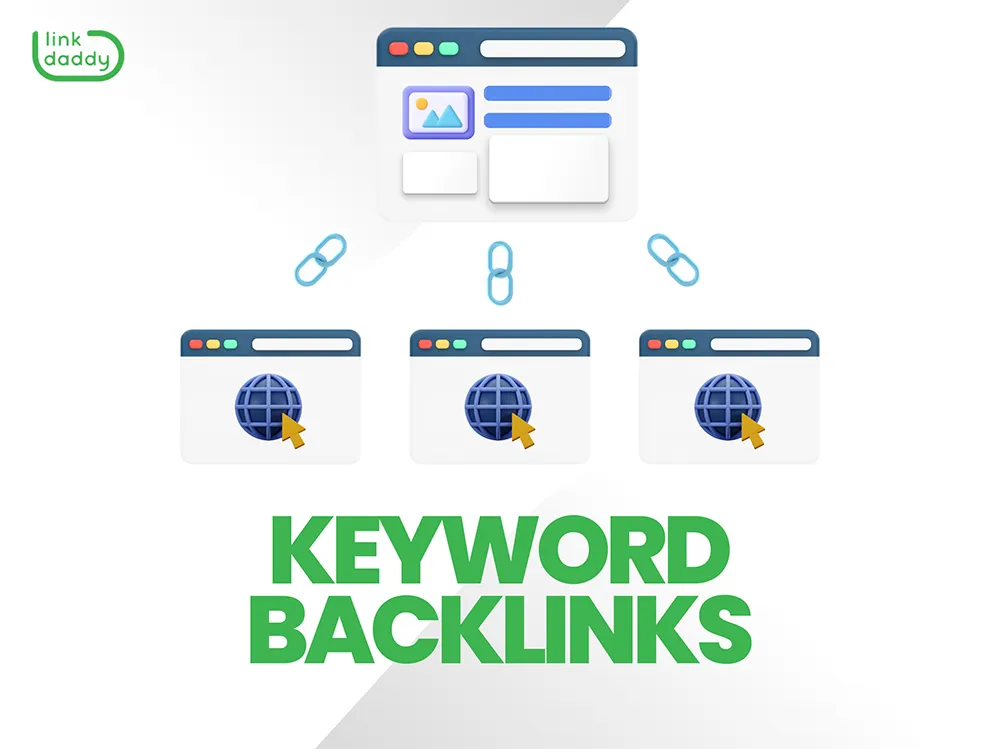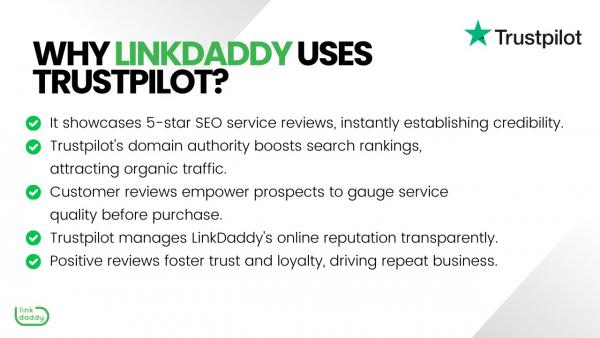Cloud Services for every single Service: Efficiency and Technology
Cloud Services for every single Service: Efficiency and Technology
Blog Article
A Practical Method to Executing Cloud Providers for Maximum ROI

Assessing Current Facilities
When reviewing the expediency of implementing cloud solutions for maximum return on investment, the preliminary step involves analyzing the present framework in position. Cloud Services. Understanding the existing hardware, software, network capacities, and storage space systems is essential to establish the compatibility and integration requirements for moving to the cloud
Assessment of the present framework entails conducting a thorough audit to recognize strengths, weaknesses, and potential areas for enhancement. It is important to assess elements such as web server capability, information safety and security actions, redundancy protocols, and scalability options. By acquiring a clear understanding of the present state of the framework, companies can effectively intend and strategize the change to cloud services.
Furthermore, evaluating the existing facilities enables companies to straighten their cloud fostering approach with their details demands and goals. This analysis offers important insights into optimizing resource utilization, enhancing efficiency, and guaranteeing smooth combination with cloud solutions. Inevitably, a detailed analysis of the existing infrastructure lays the structure for an effective cloud implementation that maximizes roi.

Identifying Company Needs
In order to enhance resource utilization and line up cloud fostering with certain service goals, the next important step after assessing the current infrastructure is identifying the distinct demands of the organization. Recognizing the organization demands is necessary to tailor the cloud services successfully. This procedure includes involving with vital stakeholders throughout divisions to collect insights into the company's obstacles, opportunities, and objectives. By performing complete meetings, studies, and evaluation of existing process, it is feasible to identify areas where cloud solutions can provide the most substantial effect.
Identifying company needs additionally entails examining factors such as scalability needs, data security worries, conformity regulations, and budget plan constraints. Each of these facets plays a vital role in establishing the most appropriate cloud options for the organization. By lining up the capabilities of cloud services with the specific needs of business, firms can make certain that their investment in cloud technology delivers maximum roi. In addition, by attending to these requirements in advance, services can avoid pricey mistakes and make certain a smooth transition to the cloud setting.
Selecting the Right Cloud Service Service Provider
Picking the ideal cloud provider is an essential choice that can substantially impact the success of a company's cloud adoption method. When selecting a cloud company, a number of variables should be considered to make sure that the chosen supplier lines up with the company's objectives and requirements. It is vital to review the copyright's reputation, reliability, safety and security measures, compliance qualifications, and scalability choices.
Track record plays an essential duty as it reflects the copyright's performance history in supplying quality services and meeting consumer assumptions (Cloud Services). Reliability is one more crucial consideration, as downtime or service disturbances can have harmful effects on organization operations. Safety and security is extremely important when delegating data to a 3rd party, so it is essential to assess the copyright's safety and security procedures and data security steps
Furthermore, compliance accreditations ensure that the provider adheres to market requirements and policies, which is especially crucial for companies running in regulated sectors. Last but not least, scalability choices are essential to fit future growth and altering service requirements effectively. By thoroughly evaluating these factors, organizations can choose a cloud provider that best fits their demands and makes best why not look here use of the roi.
Planning Movement and Application
To ensure a smooth shift to shadow solutions, careful preparation and tactical execution click site of movement and application procedures are crucial. The preliminary action in this process involves performing a thorough assessment of the existing framework and applications to determine the compatibility with cloud services.
Once the movement plan remains in location, the execution stage should concentrate on prioritizing workloads based on criticality and intricacy. This phased approach enables screening and recognition at each stage, lessening disturbances and making certain a smooth shift. It is important to establish clear interaction channels and supply appropriate training to workers to promote adoption and deal with any type of worries.
Continual monitoring and optimization post-implementation are crucial to ensure that the cloud solutions are providing the anticipated ROI. Regular efficiency testimonials and feedback systems can assist in determining locations for enhancement and optimizing the advantages of cloud services.
Monitoring Performance and Optimization
Efficient tracking and optimization of cloud services performance play an essential duty in making best use of ROI and making certain operational performance. By continuously monitoring the efficiency of cloud services, companies can identify prospective issues without delay, maximize source allowance, and improve general system efficiency. Real-time surveillance devices permit the monitoring of essential performance signs, such as response times, resource utilization, and schedule, allowing aggressive problem resolution and educated decision-making.

In addition, employing anticipating analytics and artificial intelligence algorithms can help companies forecast future performance trends, anticipate possible bottlenecks, and proactively optimize cloud sources. Continuous efficiency monitoring and optimization not just boost the individual experience but additionally add to cost financial savings and increased ROI in the future.
Verdict
In final thought, the successful application of cloud services requires a detailed evaluation of existing try here facilities, recognition of company requirements, option of the best cloud company, careful planning for movement and execution, and continuous surveillance for performance optimization. By adhering to these steps vigilantly, organizations can maximize their roi in cloud solutions and accomplish better efficiency and agility in their procedures.
In today's fast-paced company atmosphere, the application of cloud solutions has actually become a crucial element in boosting functional performance and driving significant return on investment (ROI) By meticulously examining present infrastructure, recognizing specific business demands, choosing the ideal cloud service provider, and carefully planning the migration and execution procedure, organizations can place themselves for success in the cloud. Understanding the organization requirements is crucial to tailor the cloud services efficiently. By lining up the capacities of cloud solutions with the particular demands of the organization, companies can make certain that their investment in cloud innovation supplies optimum return on financial investment.Selecting the excellent cloud service supplier is a pivotal decision that can substantially impact the success of a firm's cloud adoption approach.
Report this page